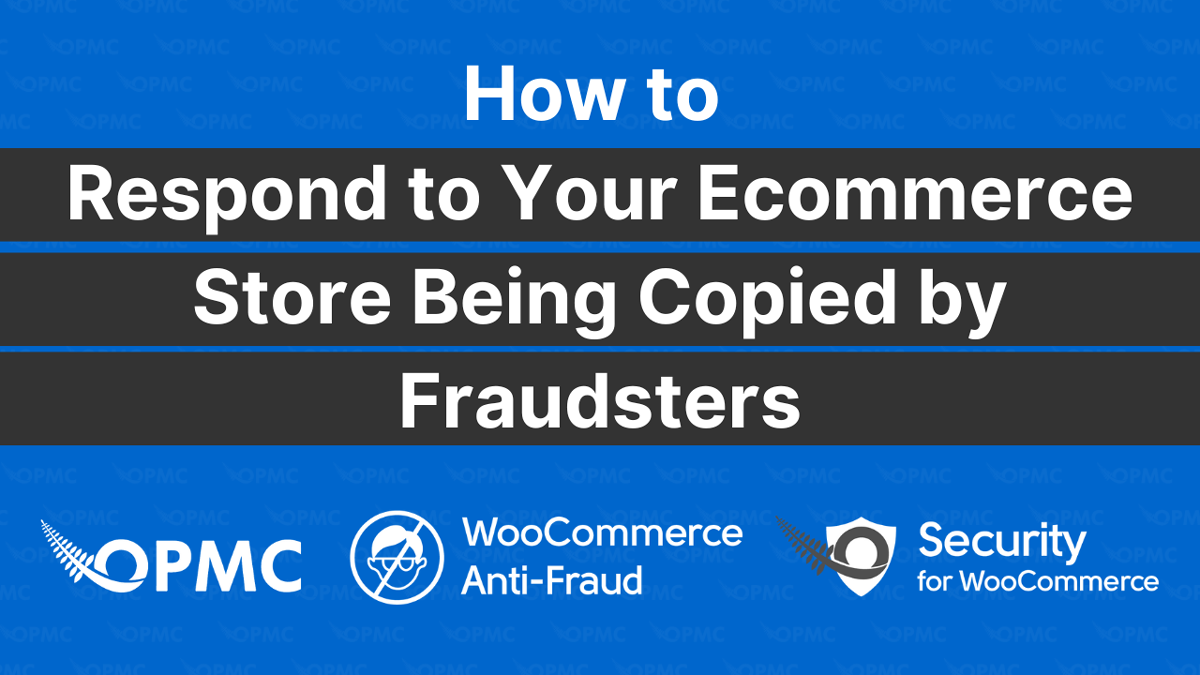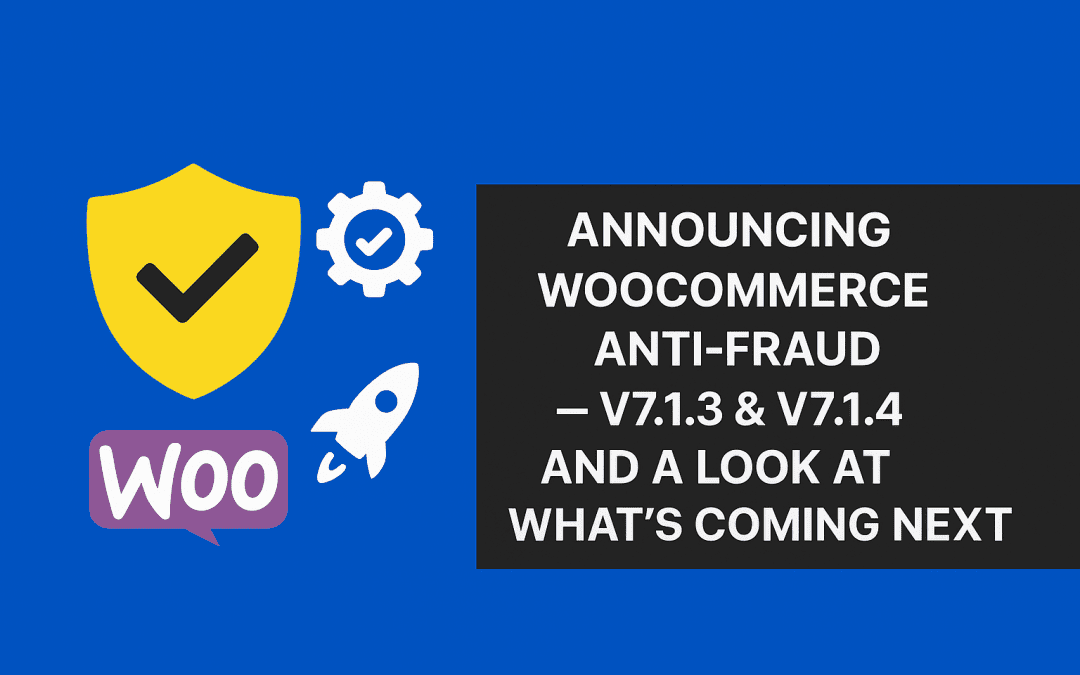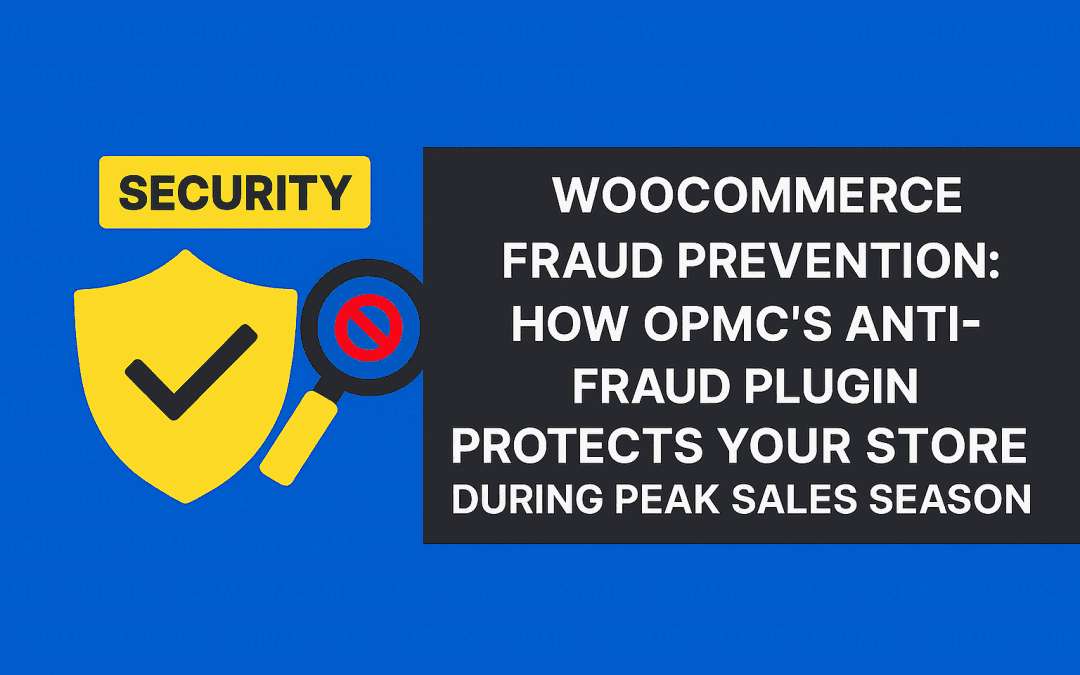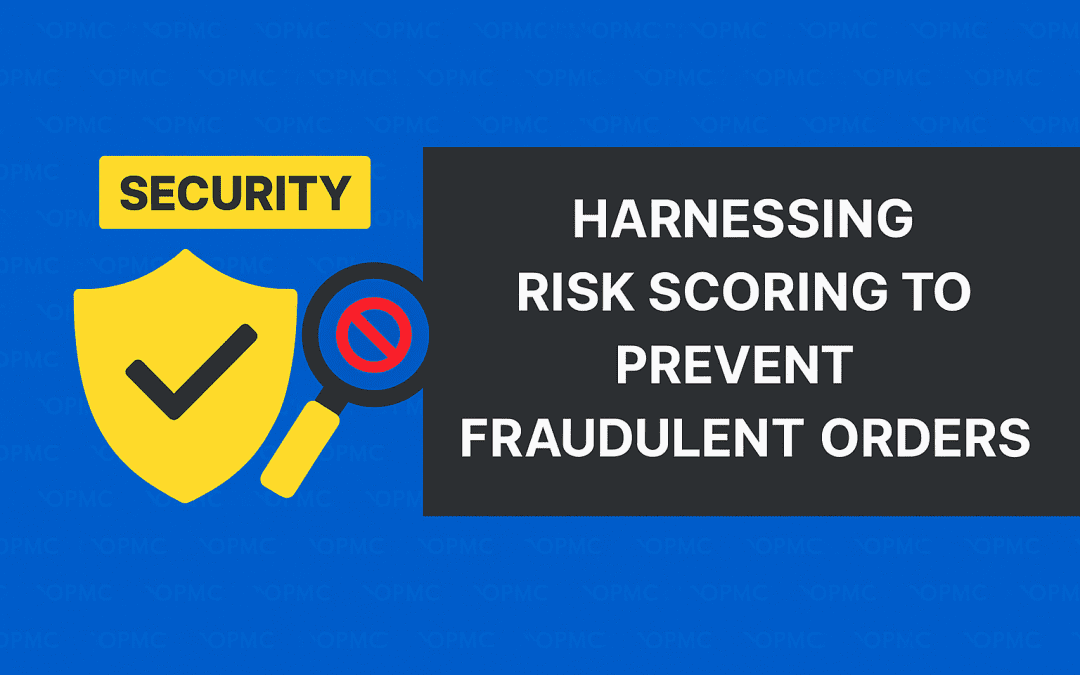One of the most common ways that ecommerce fraudsters target online businesses is by cloning your online store. This usually involves mimicking your WooCommerce website and products in an effort to trick consumers into thinking they are buying from your original brand. This can have a devastating effect on your brand reputation, not to mention your sales figures!
Let’s go over some quick steps to finding out if you have been cloned by a fake website, what actions to take, and how to prevent this from happening in the future.
What is an Ecommerce Clone?
The impact on businesses can be devastating. You could lose significant money because you didn’t know how to respond effectively. Your reputation can be negatively affected for years to come. Or, worst of all, the fake website could claim they are the original and force you to close your ecommerce business.
Your ecommerce store is a business, and like any other business, it must be protected from people trying to take advantage of you. You’re not alone in this fight. You need to protect and defend your investment just like any brick-and-mortar business.
Signs Your Ecommerce Store Has Been Copied
- The store is a clone of your site. If the new shop looks exactly like yours, with the same colours and layout, fraudsters have likely cloned it.
- The platform on which both sites run is the same. This could be Shopify, Magento, BigCommerce, WooCommerce, or others.
- The fake store has similar names or logos as yours, with only subtle differences.
- Many of your images are being used by the fake site.
- They don’t have any contact information listed, so there is no way to report them as fraudulent.
- They have not taken the time to use secure connections like SSL certificates and HTTPS connections.
- The domain name is a play on words or remarkably similar to yours.
If any of these things match up, then we recommend taking action as soon as possible to prevent harm to your reputation and sales figures.
What to Do When Your Ecommerce Store is Copied
1 – Gather evidence
You should also check that both websites have different domain names (e.g., “www.” vs “mrrr.”), as this is often an indicator of fraud or copyright infringement. Finally, take note of any other differences between your site and theirs. You want to check for copied content in any way so you can demonstrate the fraud.
2 – Contact the fraudsters directly
3 – Report the fraud
4 – Stay calm and professional
Don’t let them under your skin. You have put in too much hard work to let someone like this derail your efforts. Stick to a professional demeanour and work through the issues one at a time until you find a good resolution.
Steps to Getting the Fraudulent Store Shutdown
1 – Verify this is a copy of your ecommerce store
2 – Send cease and desist letters
3 – Report the fraud to search engines like Google, Bing, Yahoo, etc.
4 – Monitor the web with occasional searches to ensure it doesn’t happen again
The most popular tool is Google Alerts, which sends you an email every time someone mentions your business or product name in a new article online.
You should also claim your brand’s social media accounts, search engine profiles, and online directory listings. That way, no one can say they are the original, and you are the fake.
5 – Install a powerful anti-fraud plugin for your WooCommerce site
We at OPMC have developed a robust Anti-Fraud WooCommerce plugin that will help with protecting your site by reducing the fraudulent orders and activity you receive. This can be blocking specific IP addresses all the way to assigning a numerical value to each transaction, so your prevention is automated.
Conclusion
The reality is the more successful you are, the more likely you will experience fraudsters seeking to steal from your business. By implementing some preventative measures and monitoring your activity, you can ensure you have a successful ecommerce business for years to come.




